Civil Procedure Code at Denmark
The Civil Procedure Code of Denmark (Retsplejeloven) governs the rules and procedures for civil litigation in Danish courts. This Code provides the framework for how civil cases are initiated, processed, and adjudicated in Denmark. It ensures that legal disputes between private parties are resolved fairly and efficiently.
Here’s an overview of the key aspects of the Civil Procedure Code of Denmark:
1. Jurisdiction and Competence:
Danish courts are divided into District Courts (Byretter), which are the courts of first instance for most civil cases, and High Courts (Landsretter), which hear appeals from the District Courts.
The Supreme Court (Højesteret) is the highest court in Denmark and deals with cases that have significant legal principles or issues of national importance.
Jurisdiction is generally determined by factors such as:
The location of the defendant or where the dispute arose.
The value of the claim (e.g., lower-value claims may be handled by District Courts, while higher-value or more complex cases may go to the High Courts).
In some cases, specialized courts (e.g., family or commercial courts) may have jurisdiction over specific types of disputes.
2. Initiating a Civil Case:
A civil case is initiated by the plaintiff filing a statement of claim (stævning) in the appropriate court. The statement of claim must include:
A clear description of the facts and the legal basis for the claim.
A request for the relief sought (e.g., damages, specific performance).
The defendant is served with the statement of claim, which notifies them of the lawsuit and instructs them to respond within a given timeframe.
3. Pre-Trial and Case Management:
Pre-trial hearings may be scheduled to address procedural issues and clarify the points of dispute. This stage is important for organizing the evidence and narrowing down the issues in dispute.
Case management may also involve deadlines for submitting evidence, agreeing on issues to be tried, and the setting of a trial date.
In many cases, mediation or conciliation may be encouraged by the court as a means of resolving the dispute before proceeding to a full trial.
4. Role of the Judge:
In Denmark, judges play an active role in managing the case. They have the responsibility to:
Ensure that the trial proceeds efficiently.
Make determinations on the admissibility of evidence.
Control the proceedings by ensuring that both parties have the opportunity to present their case.
Danish judges are responsible for evaluating the evidence, determining the facts, and making legal rulings based on the law.
In some cases, Denmark also has a jury system for certain types of cases, but this is relatively rare in civil litigation.
5. Judgments and Orders:
After the hearing, the court will issue a judgment (dom). The judgment will typically include:
A detailed explanation of the court’s findings of fact.
The legal reasoning behind the decision.
The specific relief granted (e.g., compensation, injunctions, etc.).
Costs: The losing party is generally required to pay the court fees and the prevailing party's legal costs. However, there can be exceptions depending on the specific circumstances of the case.
Execution of judgments: If the losing party does not comply with the judgment, the prevailing party can seek enforcement. This can involve:
Seizure of property.
Wage garnishment.
Other legal mechanisms to compel compliance.
6. Appeals:
Appeals can be filed against judgments made by the District Courts to the High Courts. The High Court reviews the case and may either uphold, modify, or overturn the decision.
If the case involves an issue of significant national importance or legal principle, an appeal can be made to the Supreme Court.
The Supreme Court’s role is generally to clarify legal principles rather than to re-examine the factual details of the case.
7. Time Limits (Prescription Periods):
The Civil Procedure Code outlines time limits (prescription periods) within which civil actions must be brought. If a claim is not filed within the prescribed period, the right to bring that action may be barred.
Common time limits include:
Contractual disputes: Typically 3 years from the breach.
Personal injury claims: Typically 3 years from the injury.
However, the limitation period can vary depending on the nature of the claim, and some claims may be subject to longer or shorter periods.
8. Alternative Dispute Resolution (ADR):
Denmark encourages the use of alternative dispute resolution (ADR) mechanisms, such as mediation and arbitration, to resolve disputes without the need for a full court trial.
Mediation: Courts often refer parties to mediation before proceeding with litigation. The mediator helps parties reach a mutually acceptable solution, often saving time and costs.
Arbitration: Parties in commercial and other complex disputes may agree to arbitrate their case. In arbitration, an independent third-party arbitrator resolves the dispute, and the decision is binding.
9. Special Procedures:
The Civil Procedure Code provides for certain specialized procedures for particular types of civil cases, such as:
Small claims procedures: For claims under a specific financial threshold, a simpler, expedited process is available.
Family law cases, such as divorce and child custody, which may follow different rules from general civil cases.
Injunctions: Courts may issue interim orders or injunctions to prevent harm before the final judgment is issued.
10. Enforcement of Foreign Judgments:
The Civil Procedure Code of Denmark allows for the recognition and enforcement of foreign judgments, but these must meet certain conditions. The foreign judgment must:
Be issued by a court that has proper jurisdiction.
Not violate Danish public policy.
Denmark is a member of several international treaties that facilitate the recognition and enforcement of foreign judgments, including the European Union's Brussels I Regulation and the Hague Convention on the Recognition and Enforcement of Foreign Judgments.
11. Digitalization and Modernization:
Denmark has modernized its legal system with the digitalization of court processes. This includes:
Electronic filing of documents.
Online case management systems, allowing parties to track the progress of their case.
These measures have helped streamline the process, reduce delays, and improve access to justice.
Conclusion:
The Civil Procedure Code of Denmark provides a clear and structured framework for resolving civil disputes through the Danish court system. It emphasizes fairness, efficiency, and the importance of alternative dispute resolution (ADR) methods such as mediation and arbitration. The code also ensures that there are clear procedures for filing claims, presenting evidence, and appealing decisions. Additionally, the enforcement of judgments and recognition of foreign judgments are well-regulated, providing a comprehensive legal framework for civil litigation in Denmark.



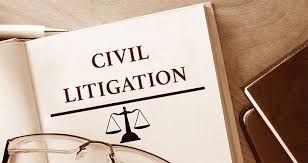







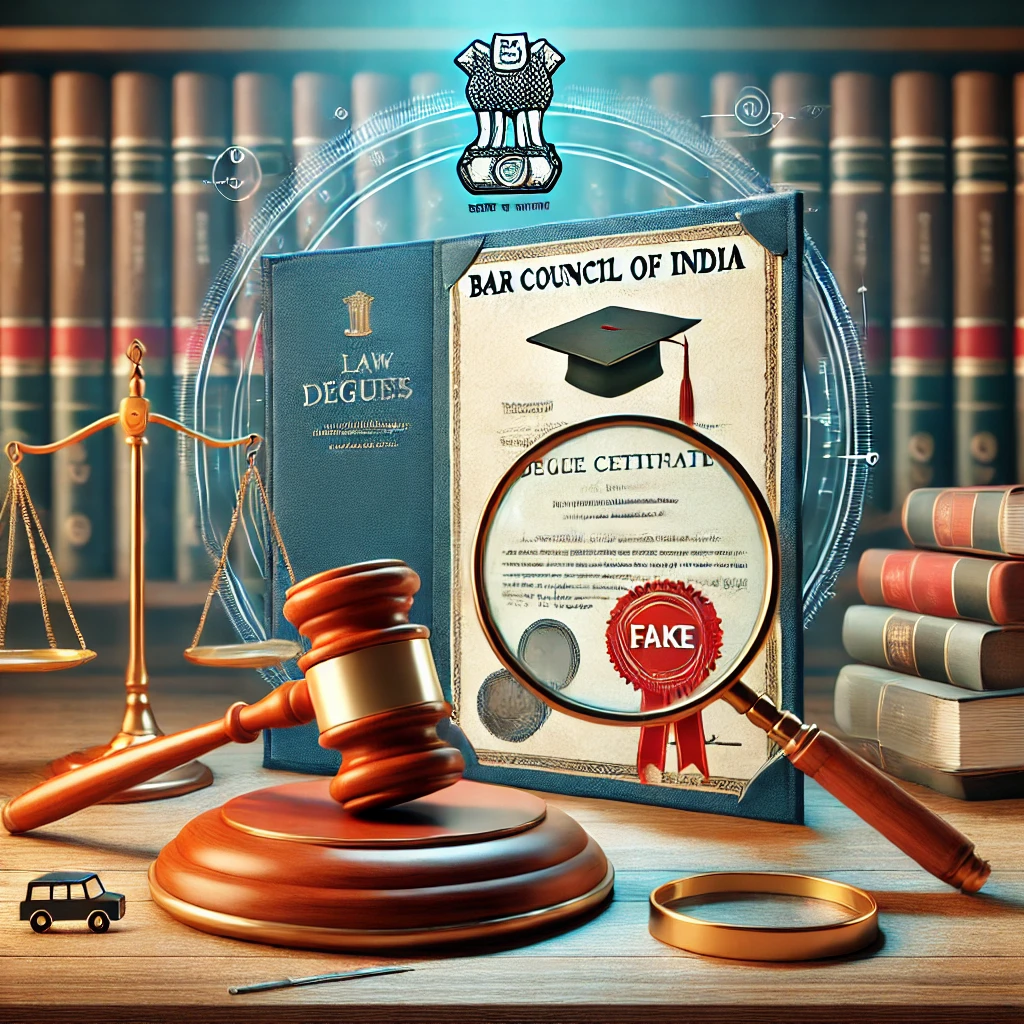






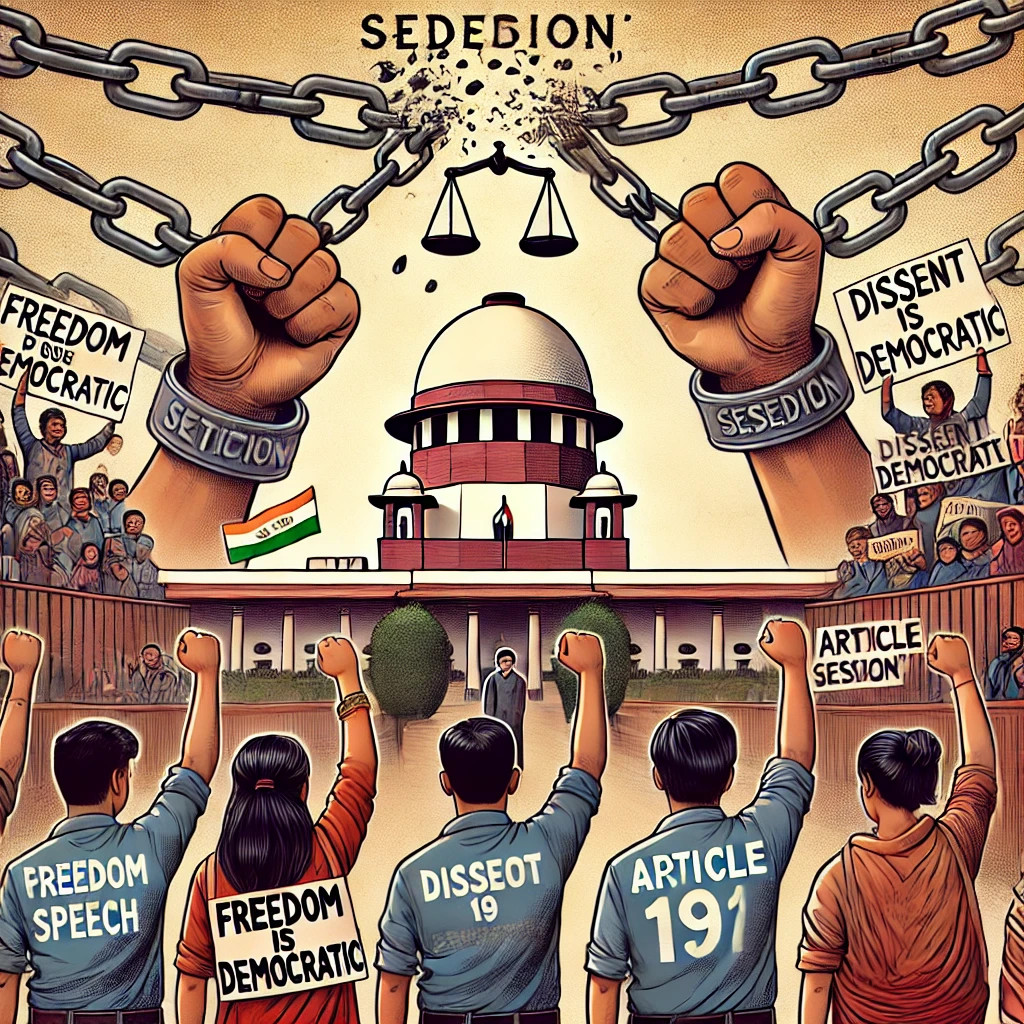



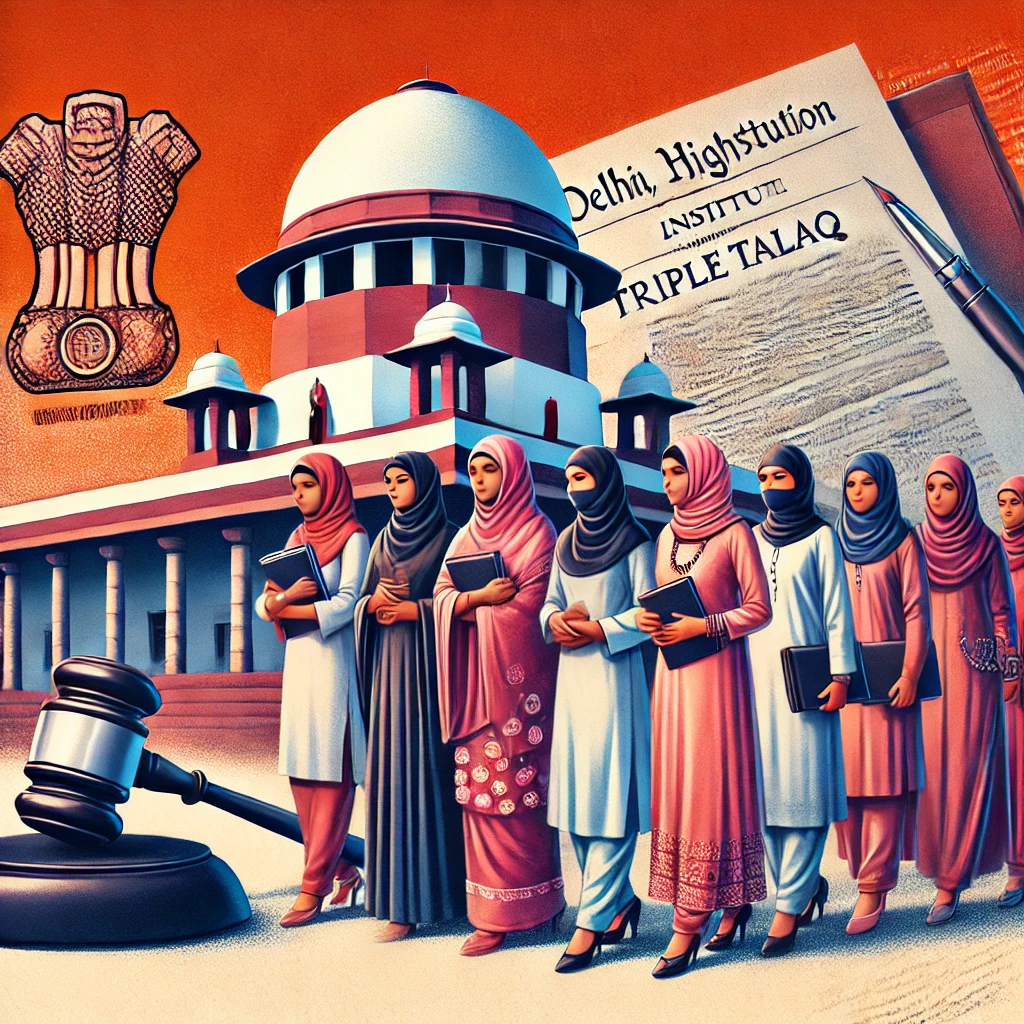




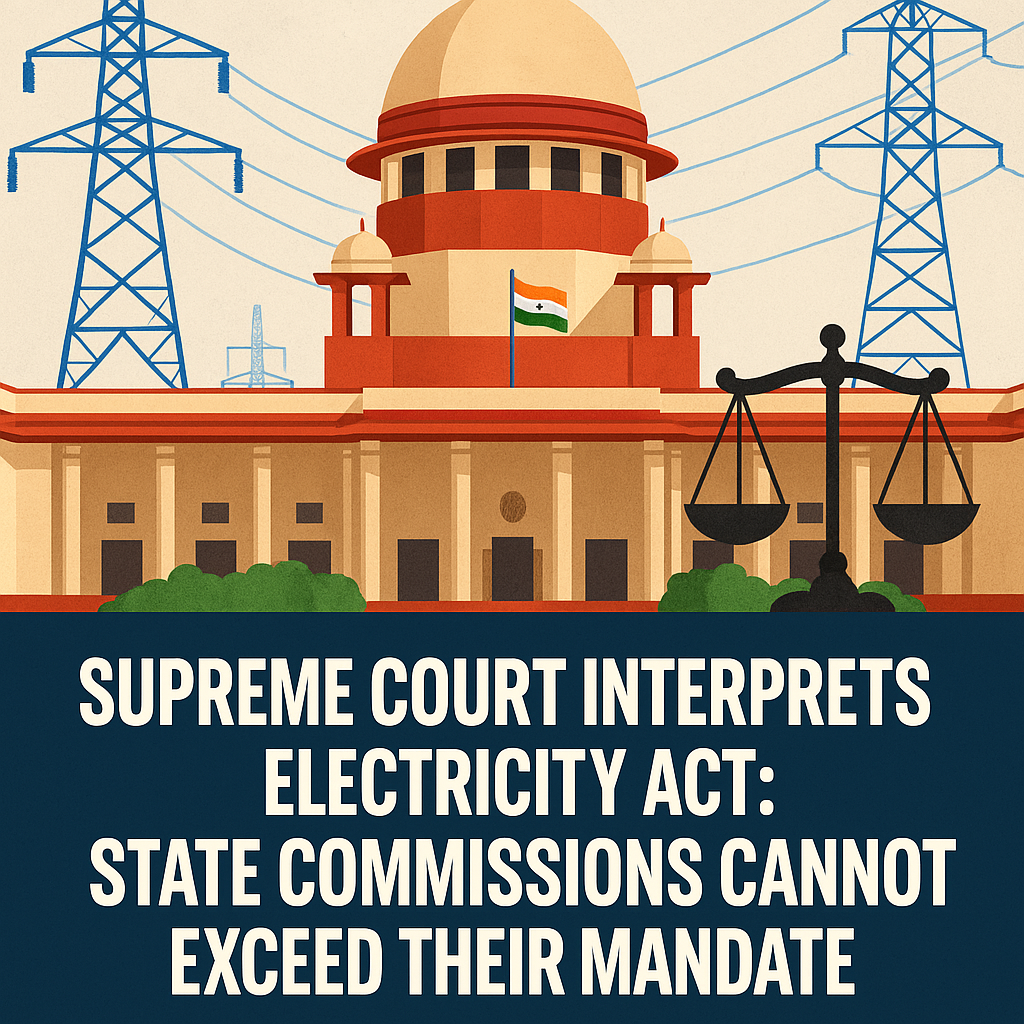

0 comments